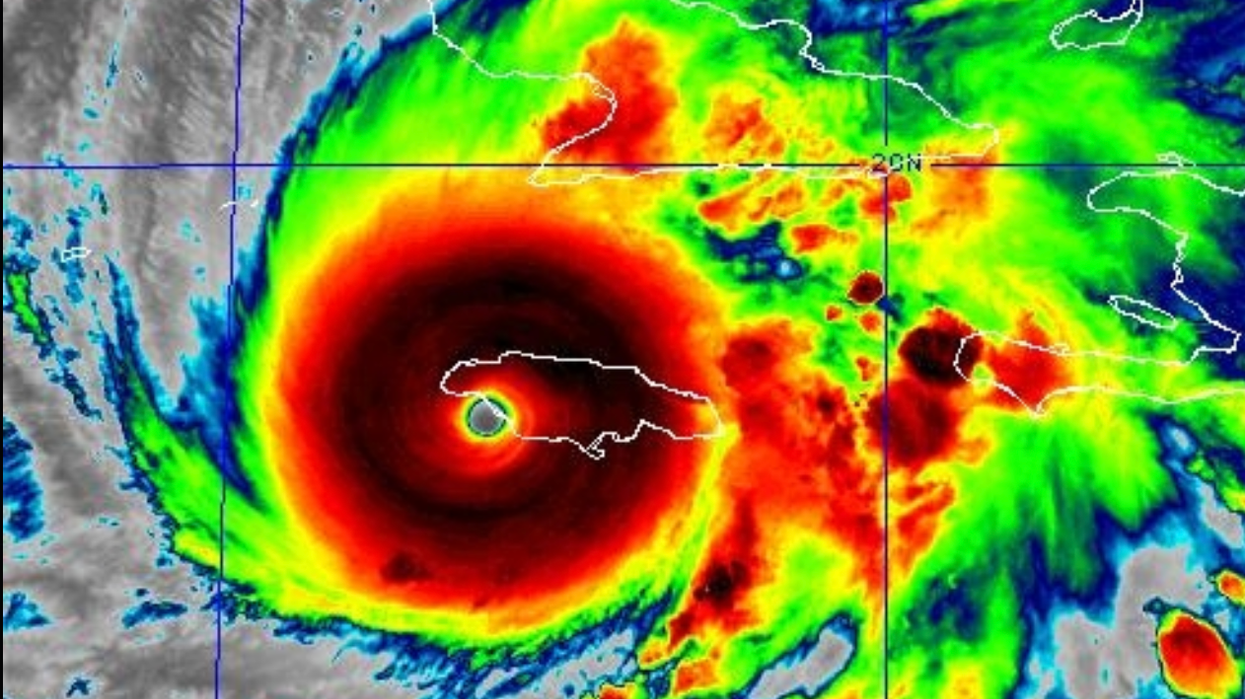A highly touted federal campaign to
eradicate Eurasian shrubs along western rivers has been quietly
canceled, according to a U.S. Department of Agriculture notice released
today by Public Employees for Environmental Responsibility (PEER).
Effective immediately, USDA has barred further releases of saltcedar
leaf beetles, the vanguard of a multi-agency biological war against the
tamarisk.
The June 15, 2010 notice from USDA has been circulated to
"cooperators" but, as yet, not publicly posted. It states that the
"saltcedar biological control program in 13 states has been terminated"
and that all permits for release of leaf beetles are hereby
"cancelled." The 13 affected Western and Midwestern states are CO, ID,
IA, KS, MO, NE, NV, ND, OR, SD, MT, WA and WY.
Several tamarisk species were imported to the U.S. in the
1800s. USDA promoted planting them as drought and erosion control into
the late 1930s. By 1940, government hydrologists believed tamarisks to
be "water hogs," beginning decades of hapless action against the
resilient, well established plants.
The stated reason for the cancellation is "potential effects on
the critical habitat of the federally-listed, endangered southwestern
willow flycatcher." In some areas the flycatcher, considered an
indicator species like the northern spotted owl, has adopted the
thriving tamarisks as nesting habitat. Indeed, studies identify nearly
50 American bird species that use tamarisks out of necessity, in lieu of
the native trees and shrubs decimated by overgrazing, damming, and
diversion of Western rivers.
There are several ironies in USDA's abrupt about-face on leaf
beetle releases:
- USDA approved releases in 2005 without a full
environmental review under a "finding of no significant impact" (or
FONSI) after promising to keep the beetles well away from the birds; - According to the notice, the new ban on beetle releases
will be enforced by civil and criminal penalties under the Endangered
Species Act as well as the Plant Protection Act - an unusual twist given
that tamarisk is one of the top federal targets for eradication; and - The decision, which some sources say was considered
official as long ago as August 2009, still has not filtered down to all
USDA "cooperators" with state and local agencies announcing new leaf
beetle releases as recently as this month.
"A hundred years ago, few imagined
that tamarisk could spread across the West," stated PEER Executive
Director Jeff Ruch. "Five years ago, USDA liberated the leaf beetle
under the illusion that nothing could go wrong."
USDA is now in the awkward position of threatening prosecution
of their partners for taking actions that it had been promoting until
just weeks ago. In the meantime, the entire program is in limbo until
"endangered species issues are resolved," according to the USDA memo - a
date that may never arrive.
"This episode underlines the hubris of efforts to engineer
nature," added Ruch, noting the parallel to the children's story about
the old lady who swallowed a fly. "Perhaps the best hope for the
endangered southwestern willow flycatcher is for it to develop a taste
for leaf beetles."
###
Read the USDA leaf beetle notice
Compare the USDA 2005 Finding of No Significant Impact
See research detailing potential problems with the leaf
beetle program



